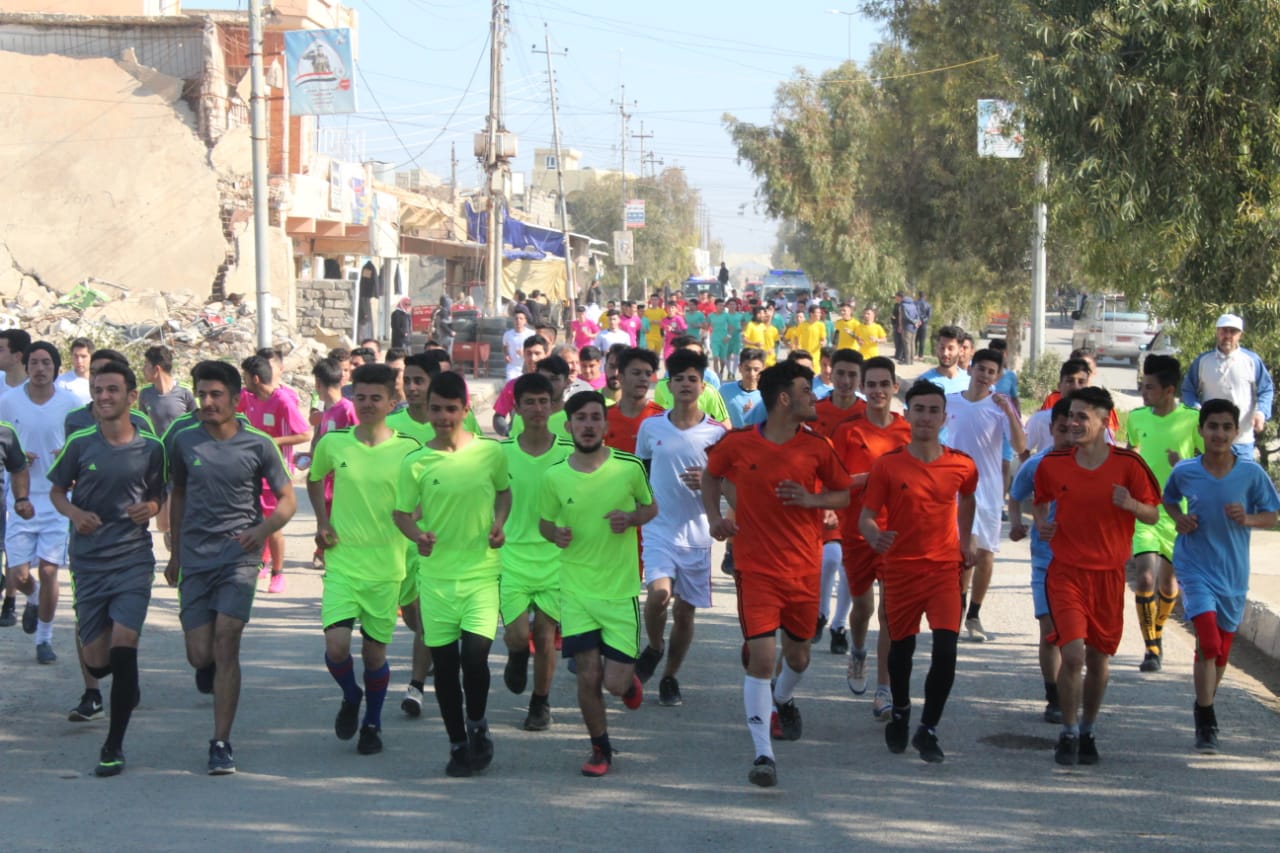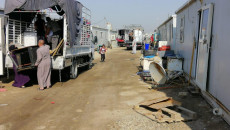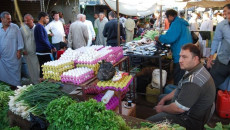Three years after the end of the military operation to clear Tal Afar district of ISIS militants and a period of continued instability, life in the district gradually returns to normal.
Milestones for development were absent
“Up to mid-2018, unlike other towns, there were no shopping centres, women salons, bakeries, restaurants serving Western dishes, coffee shops nor stadiums. But nowadays, there are four shopping centres; tens of salons, restaurants, coffee shops and restaurants that serve non-traditional dishes and 5 stadiums,” said 49-year-old Izzadin Mahmoud, a resident of Tal Afar.
Mahmoud added that the recent development has provided the youths with an outlet after years of war.
“The city’s activists, of both genders, took initiatives to form local organizations and volunteer teams, and have contributed in numerous cleaning, tree planting and aid activities. Others have participated in workshops and crafts and developments courses that helped develop their skills and capabilities. Poetry, cultural and arts events have also been organized, all of which were missing in Tal Afar,” Mahmoud added.
We used clap for those who were seeking to divide us
31 Fadiya Qasim, told KirkukNow: “We used to clap for those who were seeking to divide us, but now things have totally changed, as we have become one body that nothing can ever take our unity from us. I can confidently say that Tal Afar has upended the issues of the past with its tragedies and its dark pages that are filled with misery, extremism and violence, and today it experiences a new life.”
Tal Afar was subjected to large-scale destruction when ISIS took control over it and the subsequent military operations to remove the extremist militants from the district.
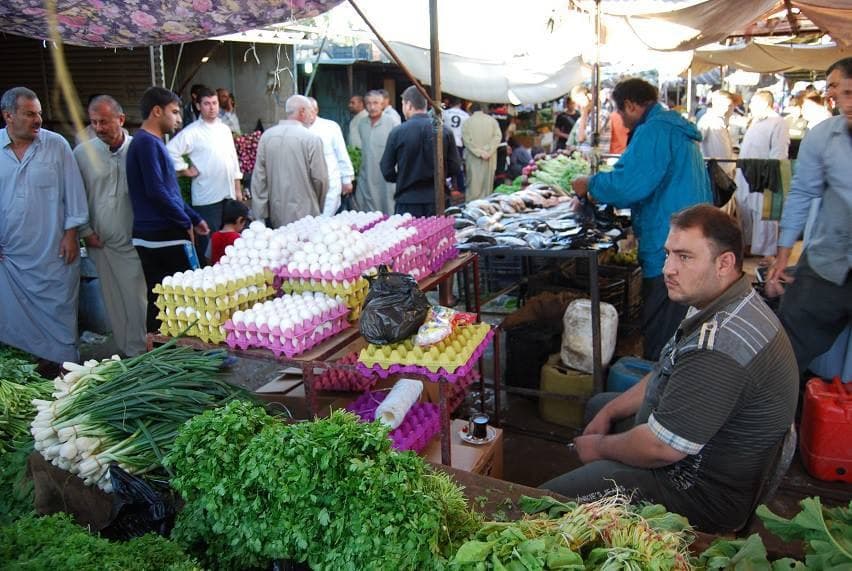
Nineveh, 2020 – one of the markets in Tal Afar after the return of IDPs – photo: Ja’far al-Tala’fari
The return of some services
“Despite the financial crisis in Iraq, a number of projects have been carried out in Tal Afar. The main streets have been asphalted and their pathways paved, the crossing that connects the two sides of the city is rebuilt and the drinking water pipes have been replaced. In addition, the external entrance has been constructed in a historical style that resembles its archaeological castle,” says 38-year-old Ali Hussein, an activist from Tal Afar.
Hussein added that however saw the destruction in Tal Afar after its liberation by the end of 2017, would think that the return of life to it would take longer as there was lack of reconstruction funds and the scale of the destruction was enormous.
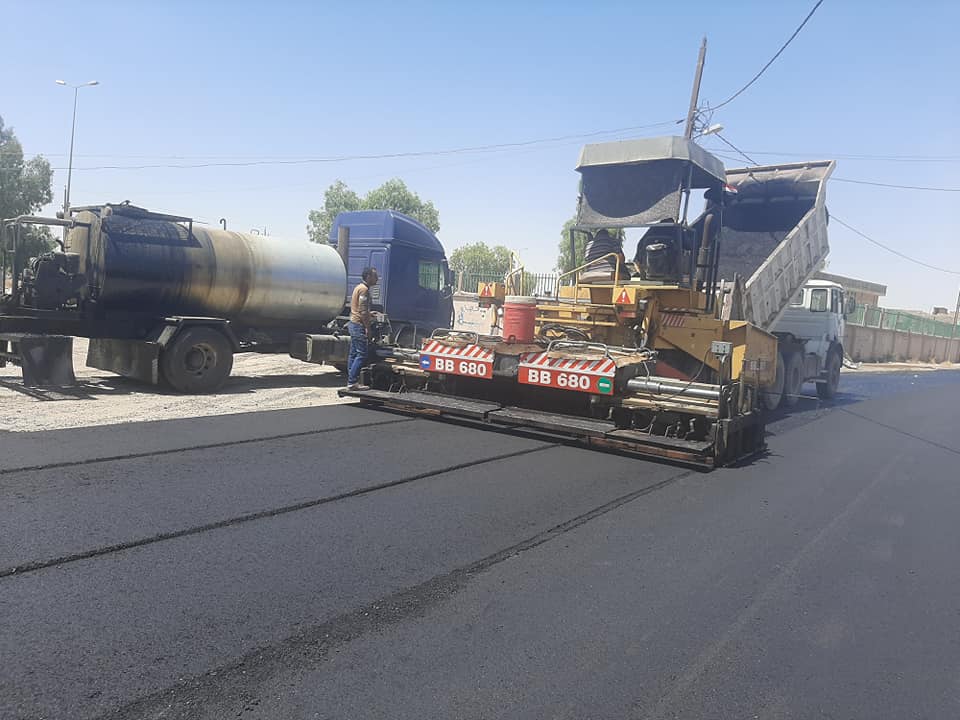
Tal Afar, which is located about 69 km west of Mosul in Nineveh province, fell under the control of ISIS in June 2014 leading to the displacement of most if its near 225,000 inhabitants. Since it was retaken from ISIS in 2017, around 60% of them have returned.
Return of security
A source within the police said: “There have been no breaches in security in Tal Afar since its liberation, except the explosion of a car bomb that was parked on the side of the road in the main market on 25 December 2018. While in the previous decade, the city was continuously in the news, as there were explosions almost every day and was one of the hotspots in Iraq and the most volatile.”
“The markets in Tal Afar are open for customers up to the late hours in the night. The establishment of a community police department in November 2020 contributed in improving the relation between civilians and the security agencies.”
Between 2004 and 2010, Tal Afar there was a significant rise in sectarian violence, which harmed and caused the displacement of thousands of its residents.
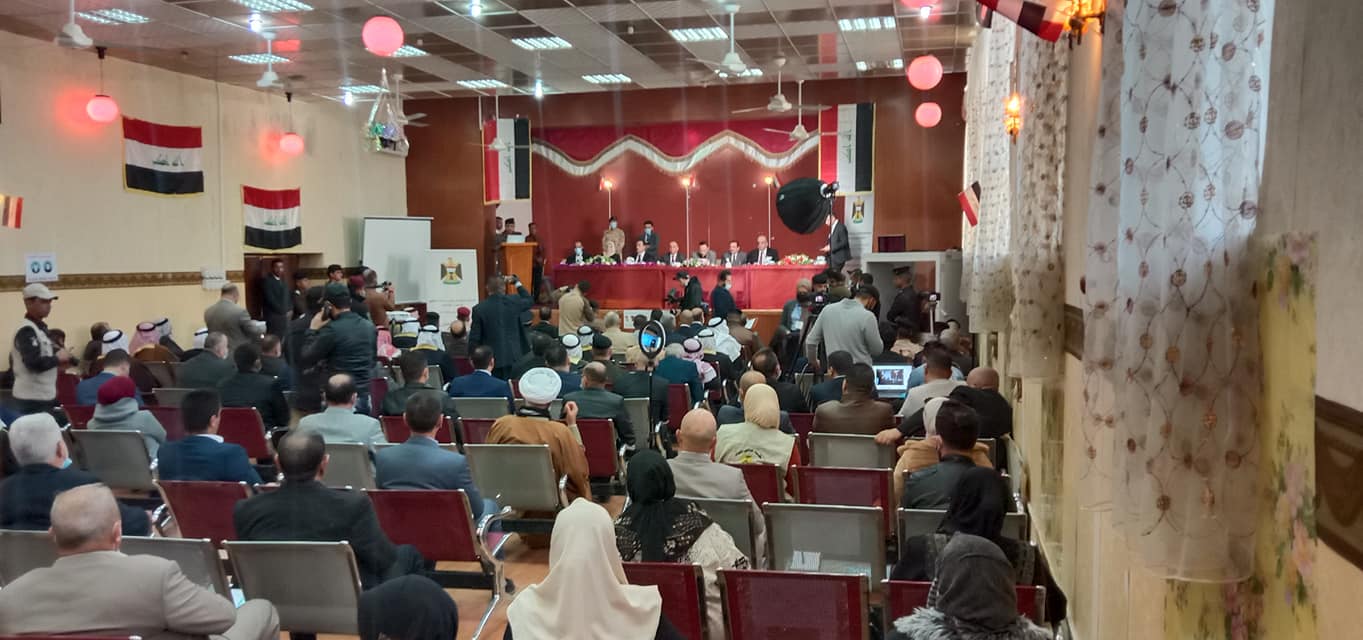
“Social relations witnessed convergence and cohesion”
Layla Abdulla, a volunteer for a local NGO, told KirkukNow: “The NGOs have noticed wide support and solidarity from the city’s residents and businessmen in aiding widows, orphans and families in need. Tal Afar might be the only city in Iraq which doesn’t have beggars.”
“Awareness among residents has risen in the past three years. And the social relations witnessed convergence and cohesion. While some were expecting acts of revenge after the liberation, the reality was the exact opposite, which dispelled such fears and helped the return of nearly 60% of the IDPs from Tal Afar.”
“Previously, as a result from the deteriorating security, the Ezidi community and ethnic Arabs from across the district were cut off from visiting the district [centre], but nowadays we see the markets, medical centres and hospitals are crowded with them.”
some were expecting acts of revenge after the liberation, the reality was the exact opposite
According to statistics from the Ministry of Immigration and Displacement the programme has facilitated the return of tens of displaced families from Karbala, the Nahrawan camp in Baghdad, and Hasan Sham U2 and U3 camps in Erbil province to Tal Afar.
Those numbers show that 18,500 families are officially registered as returnees. It is however believed that the real number is about 24,000 families, as some of them refrain from registering.
After years, Tal Afar district is slowly recovering from its ordeal, and is trying to embrace its residents with all their affiliations and to strengthen their social cohesion.

